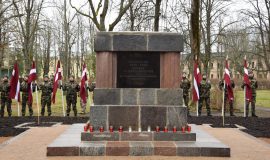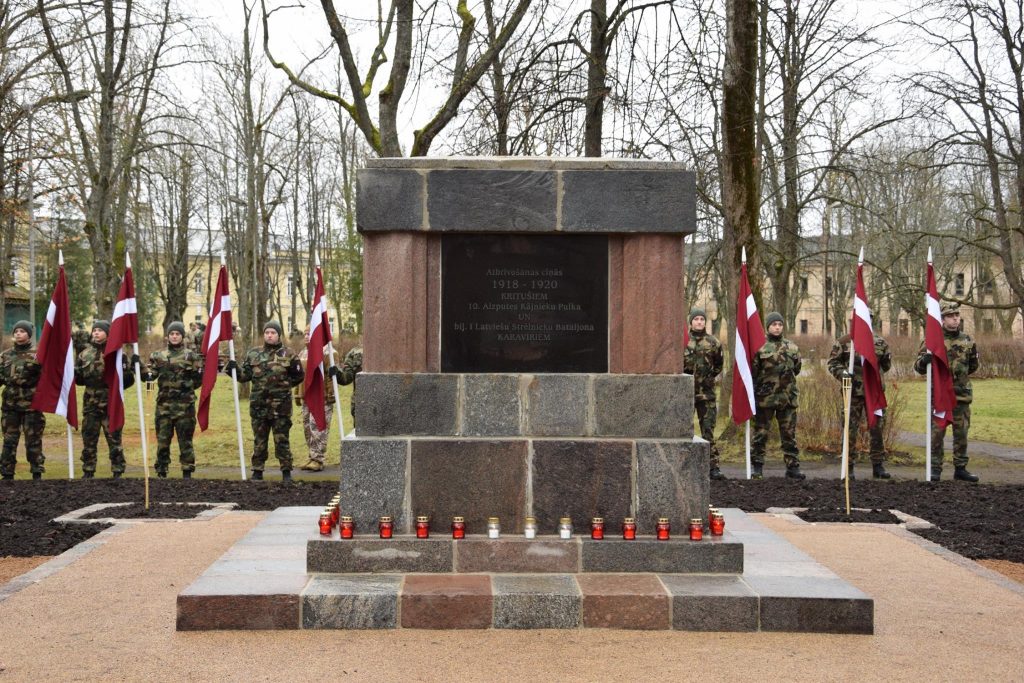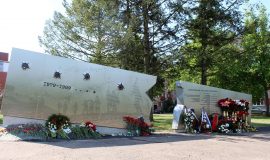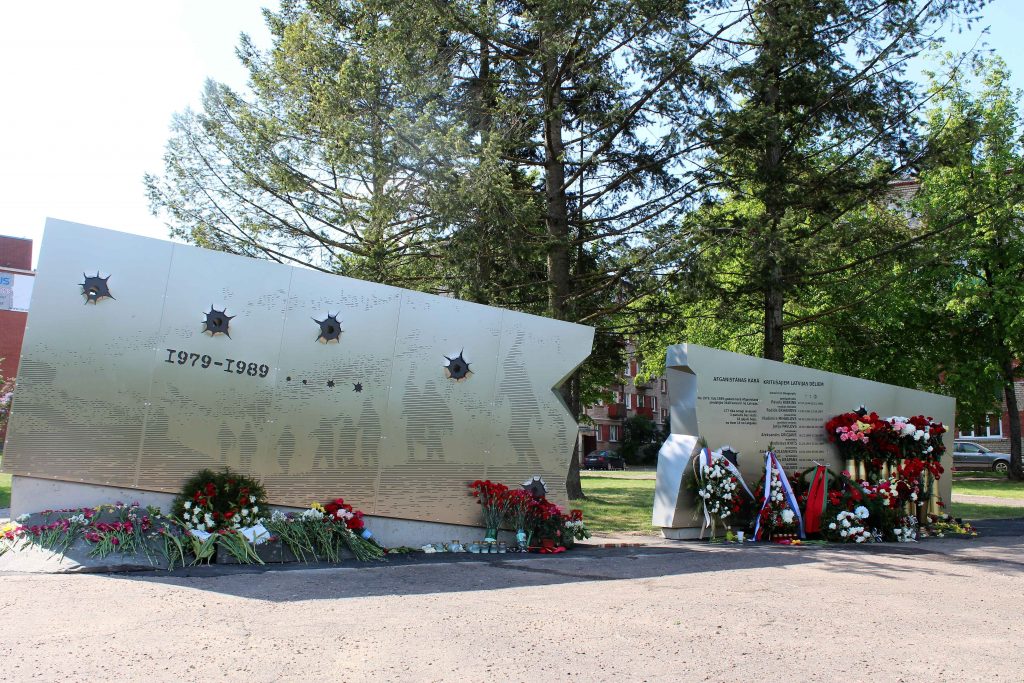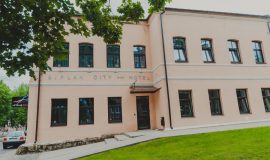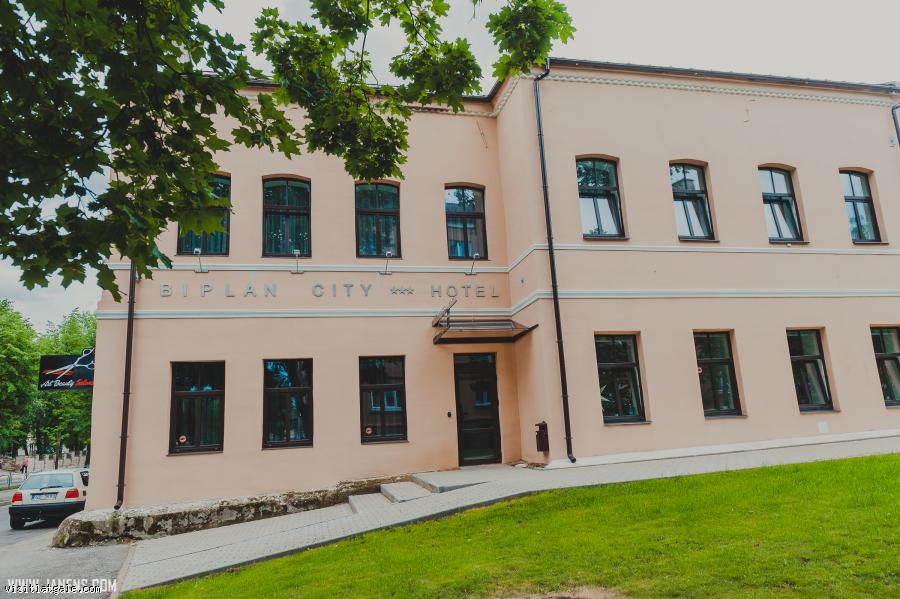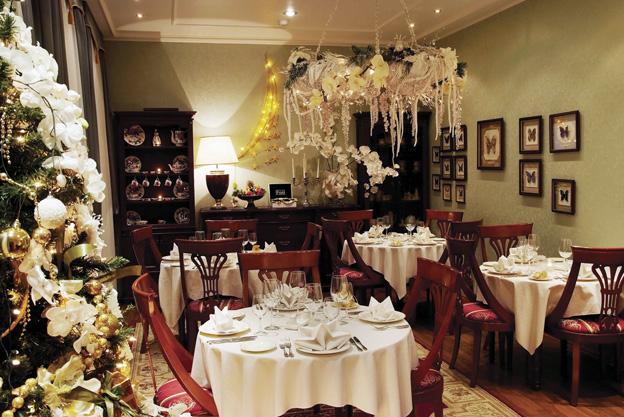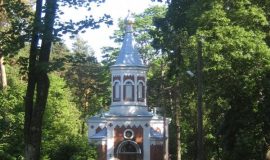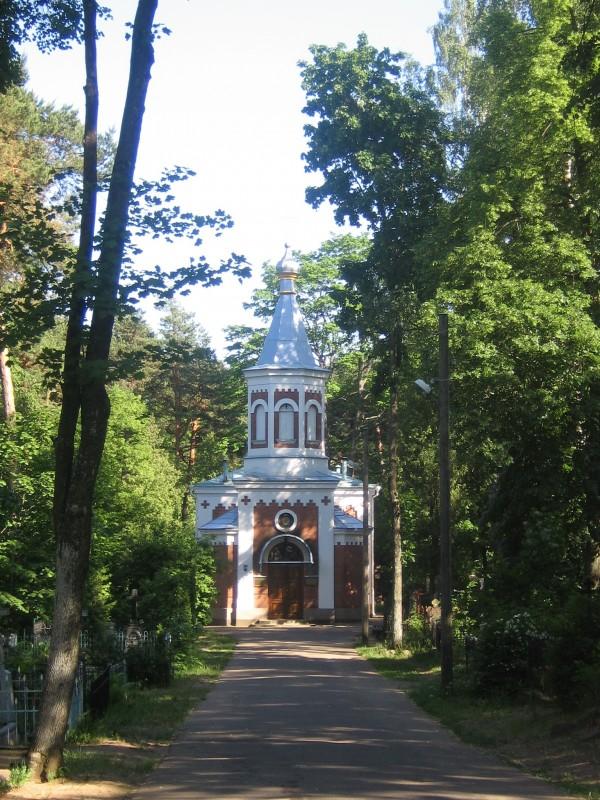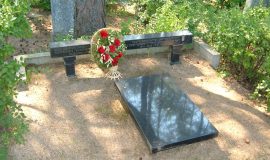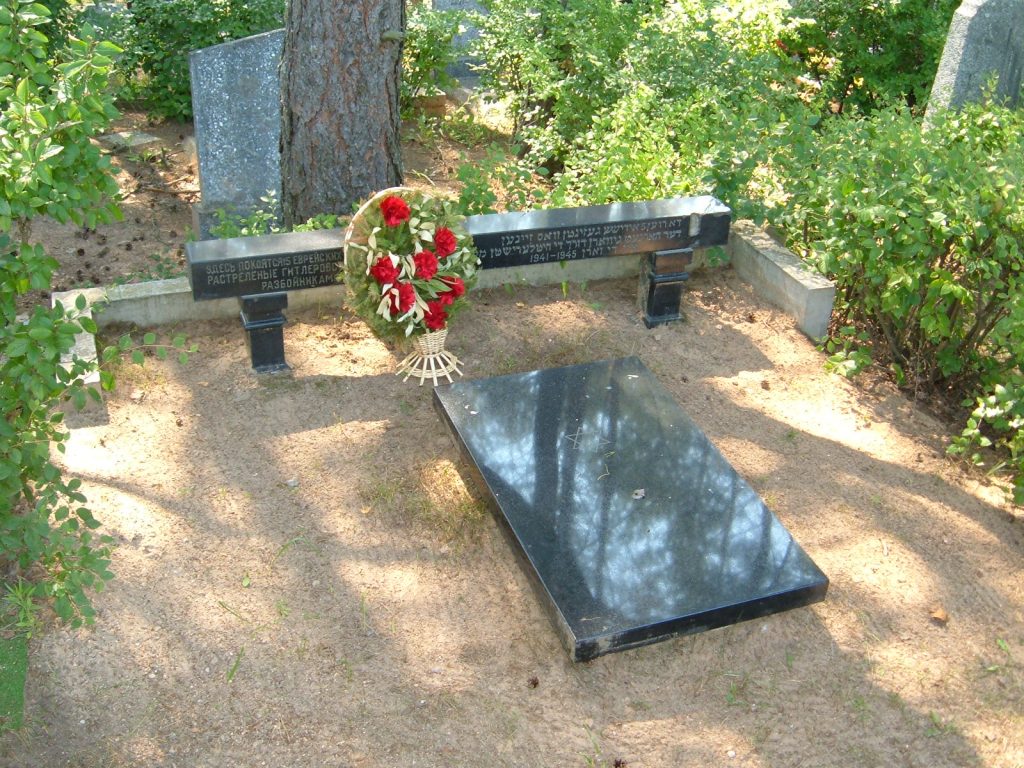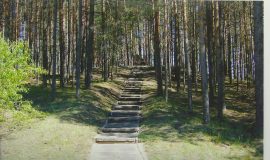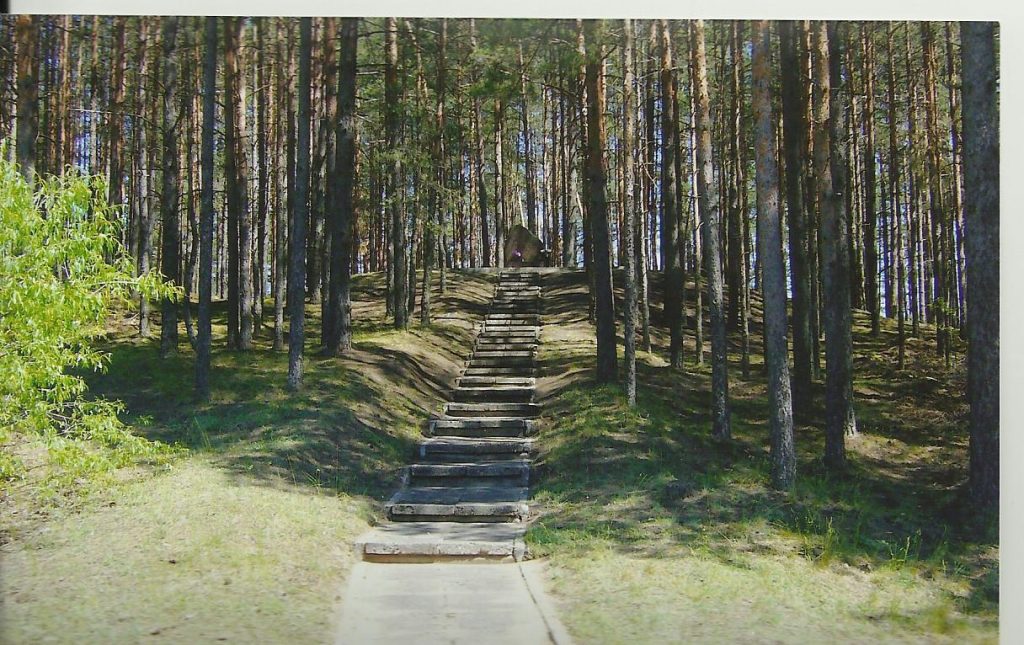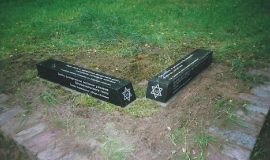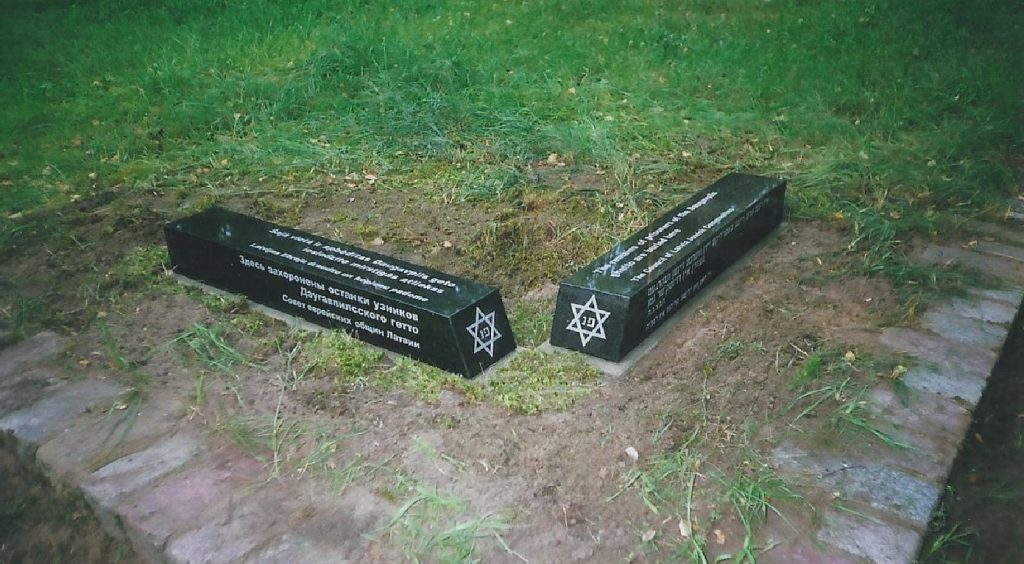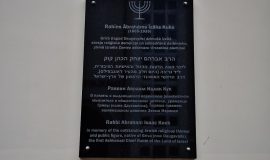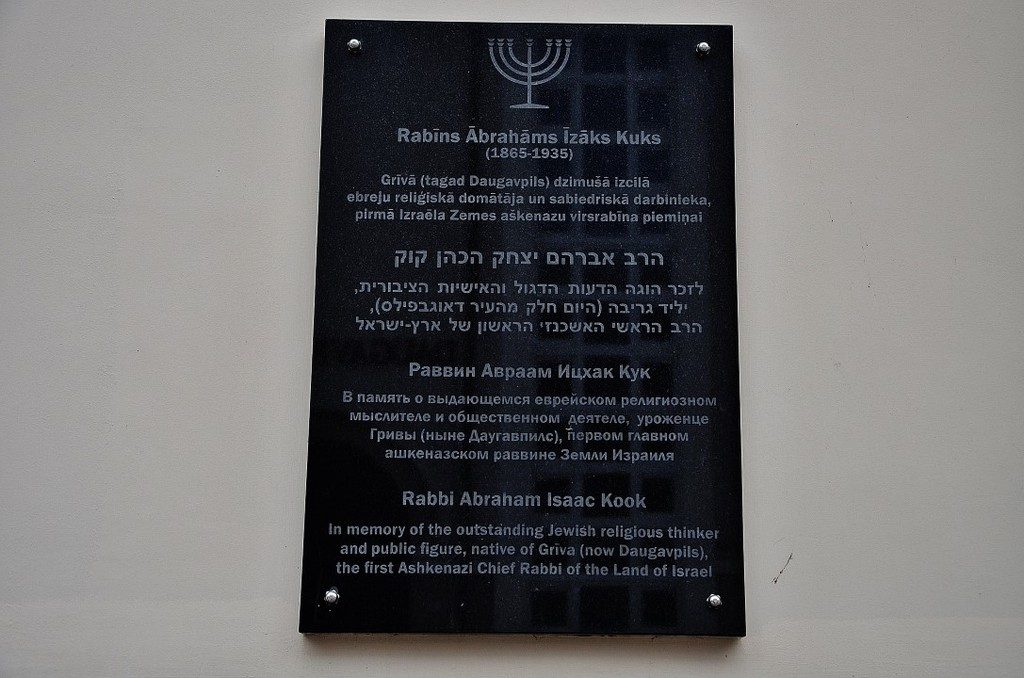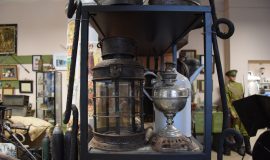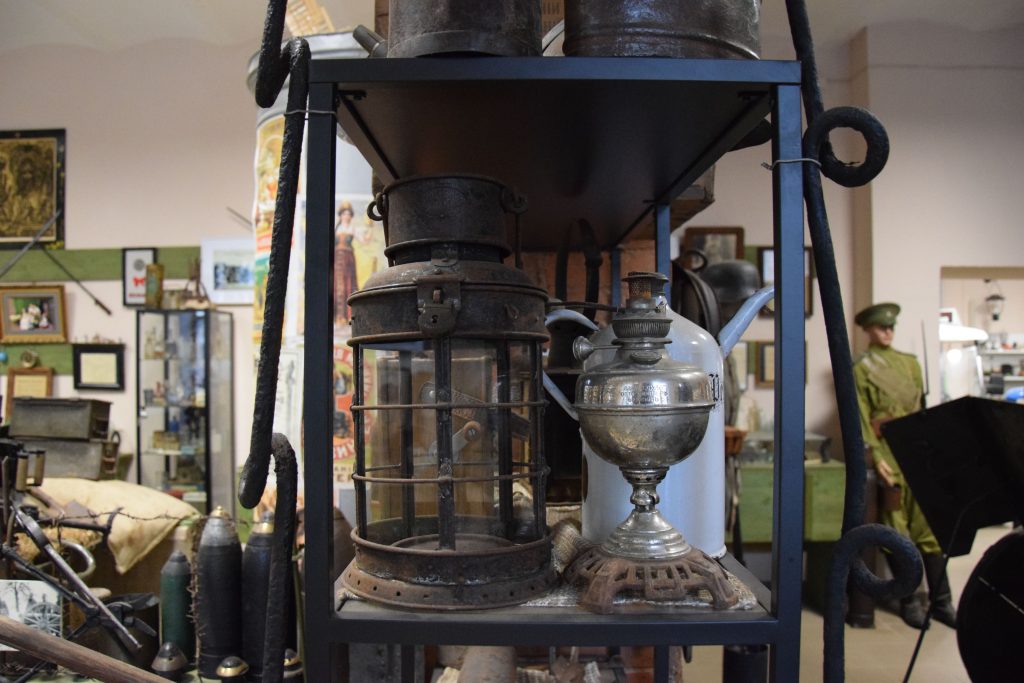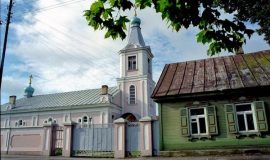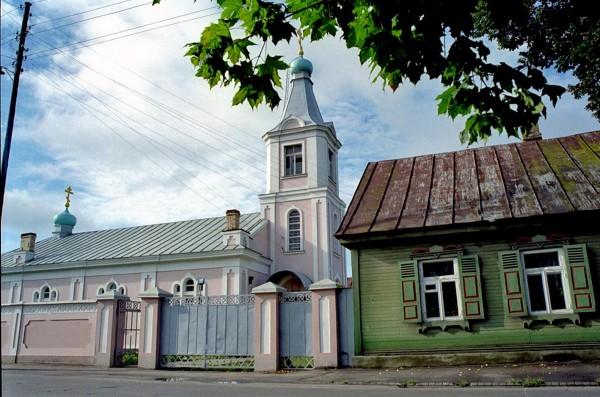On November 14, 1924, in the garden of the Daugavpils Fortress, a monument of remembrance to 44 soldiers of the 10th Aizpute Infantry Regiment of Zemgale Division, who died in the Latvian War of Independence, was unveiled. During the Soviet period the monument was destroyed. On 2017 the monument has been restored to its original state. With an official opening ceremony the restored monument was unveiled on November 14, 2017.
Objekta vieta: Daugavpils city
1
Monument to the fallen in Afghanistan War
The monument was unveiled in 2017 in Jātnieku Street Square. The monument commemorates those who died in Afghanistan War.
“Biplan City”*** Hotel
There are 15 rooms in the Hotel. Every room has free, high-speed Wi-Fi and a TV with a wide choice of channels, a bathroom, a working space and facilities for making tea and coffee. The rooms are equipped with a safe, air-conditioning, electronic locks, a refrigerator and a comfortable bed.
“Villa Ksenija” Restaurant
Restaurant is located on the first floor in a small cosy hall in classical style with a fireplace and a unique collection of butterflies. Our cook offer various dishes of Cuisines of different countries. There is a big choice of meat, fish, vegetable dishes, soups, and desserts.
St. Nichola’s Russian Orthodox Church in Daugavpils
St. Nichola’s Russian Orthodox Church in Daugavpils was built in 1894 and is located near graves. It is built of red bricks; the decorative masonry bands are made in the corners of the building, above the footings and under the roof cornices.
Holocaust Memorial Place in the Daugavpils Communal Cemetery
A part of Daugavpils ghetto prisoners, who were shot in the Mežciems Forest, have been reinterred in the Daugavpils Communal Cemetery, their remains were found in the 1950s. During the first post–war years the reinterment site was in the Old Jewish Cemetery, but in the 1970s, when the Cemetery was liquidated, the monument was moved to the Communal Cemetery. There is an inscription in Russian and Yiddish on the monument: “Here Jewish families rest, shot by Hitler’s executioners in 1941–1945”.
Monument to the Victims of Action of 8–9 November 1941
In total approximately 15 000 to 20 000 Jews were placed in the Daugavpils ghetto, of which less than 100 persons survived. On 8 – 9 November 1941, as the result of regular selection in the ghetto, 1134 Jews, children among them, were sent to Mežciems and shot. In 1967, on the site of mass murder, close to the Mežciems Station a memorial obelisk was erected. In 1974 a memorial stone was placed, its inscription in Russian sates: “In this place on 8–9.11 1941 German fascists shot 2000 civilians – children and adults”.
Holocaust Memorial Place in Railwaymen’s Garden
The Nazi troops entered Daugavpils on 6 June 1941 and already on the first days of occupation launched the campaign to exterminate the Jews of Daugavpils. Until 7 July 1125 Jews were arrested and taken to the prison, they later were shot in the Railwaymen’s Garden. During the Soviet period a granite stele on a concrete base was erected here, it bears the inscription “Here the fighters, commanders of the Soviet Army, tortured to death by German–fascist invaders in 1941–1945 are buried. Eternal glory to those who perished.” In 2007 the Council of Jewish Communities of Latvia placed a memorial sign – two black granite plaques with the Stars of David and an inscription in Latvian, Russian, English and Yiddish: “In July 1941, the Nazis executed here more than 1,000 of Daugavpils Jews”.
Memorial to the Victims of Nazism
From July 1941 to the end of 1943 in the Mežciems (historical name – Poguļanka) Forest Jews, taken from Daugavpils ghetto at various times, were shot here. The exact number of victims is unknown. In 1960 a memorial (sculptor Harijs Sprincis, architect Zigurds Ābelīte) to the victims of Nazism was unveiled in the Mežciems Forest; however, the most part of the monument was destroyed in the 1990s. On 9 July 1989 Jewish activists from Daugavpils reinterred the remains that had been found at the end of the 1980s in Mežciems in separate pits. In 2007 the Council of Jewish Communities of Latvia placed on the site two black granite plaques with an inscription in Latvian, Russian, English and Hebrew: “The remains of prisoners of the Daugavpils ghetto are buried here”.
A Memorial Plaque to Rabbi Abraham Isaac Kook
The Memorial Plaque to Rabbi Abraham Isaac Kook (1865 – 1935) was opened on March 7, 2013 on the wall of the Daugavpils Synagogue. Rabbi Abraham Isaac. He was the outstanding Jewish religious thinker and public figure, the first Ashkenazi Chief Rabbi of the land of Israel.
“Pie Komendanta” Museum of the World War I
The museum is located in Daugavpils Fortress. Artefacts that are viewable in Museum of the First World War (1914 – 1918) was found in surrounding of Daugavpils. A museum that is dedicated to the World War I time period. A collection of weapons, artillery shells, grenade and household items (e.g. bottles, glasses and other) are displayed. Old postcards and unique photos can also be found in the collection.
Old Believer’s Prayer House in Griva
The temple was built in the 30s of the 20th century.


